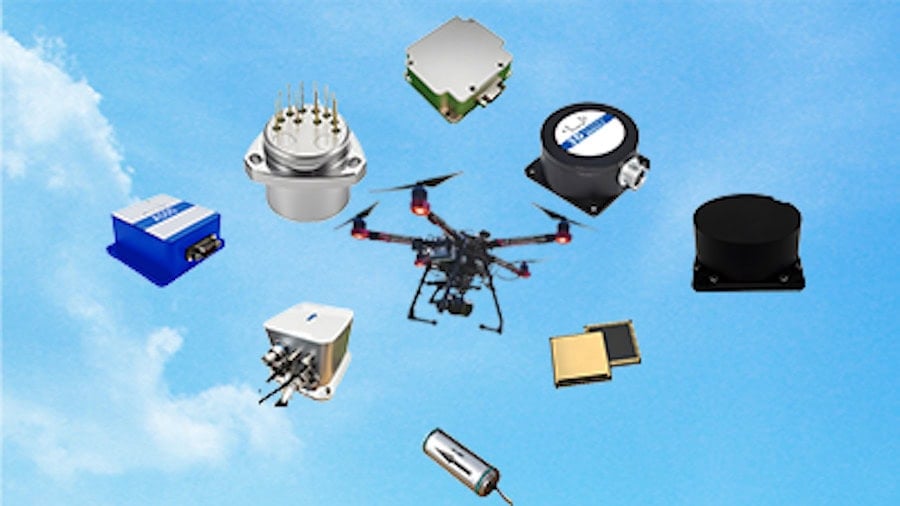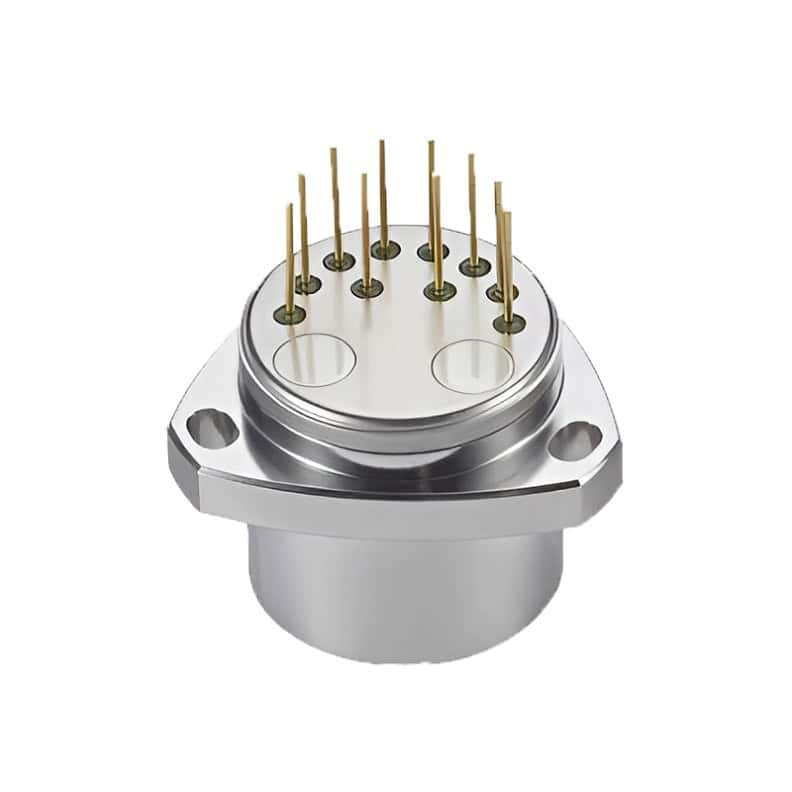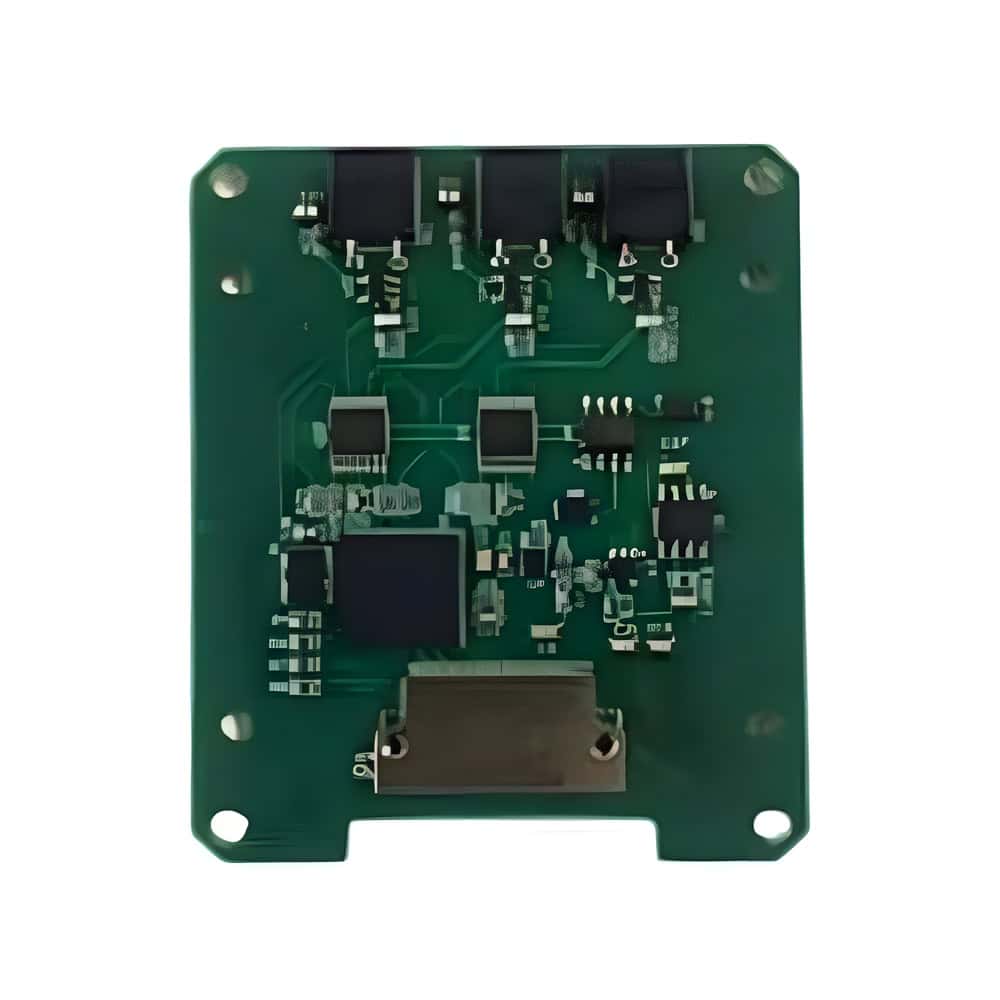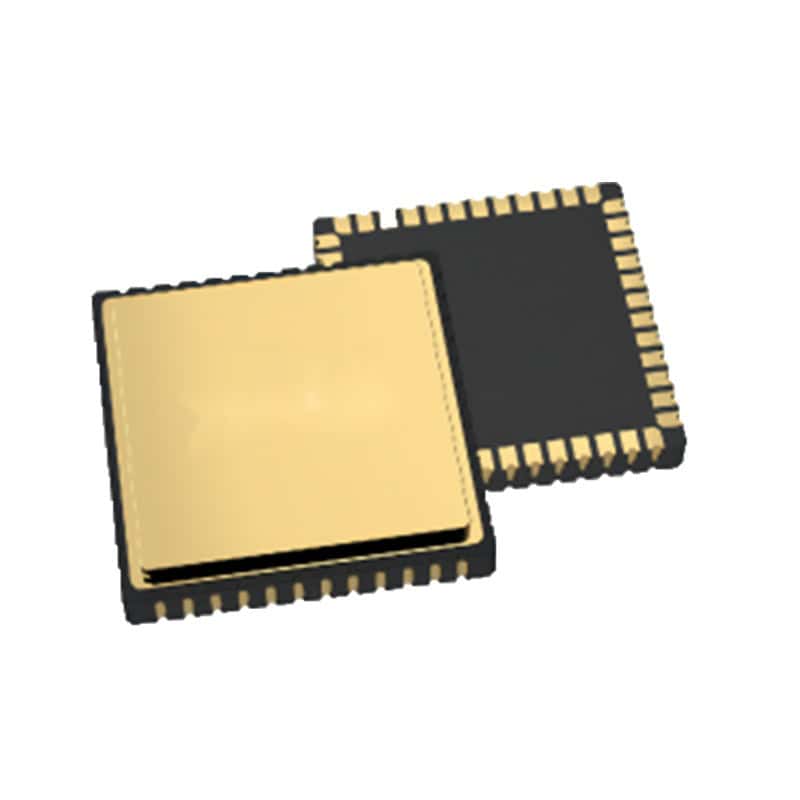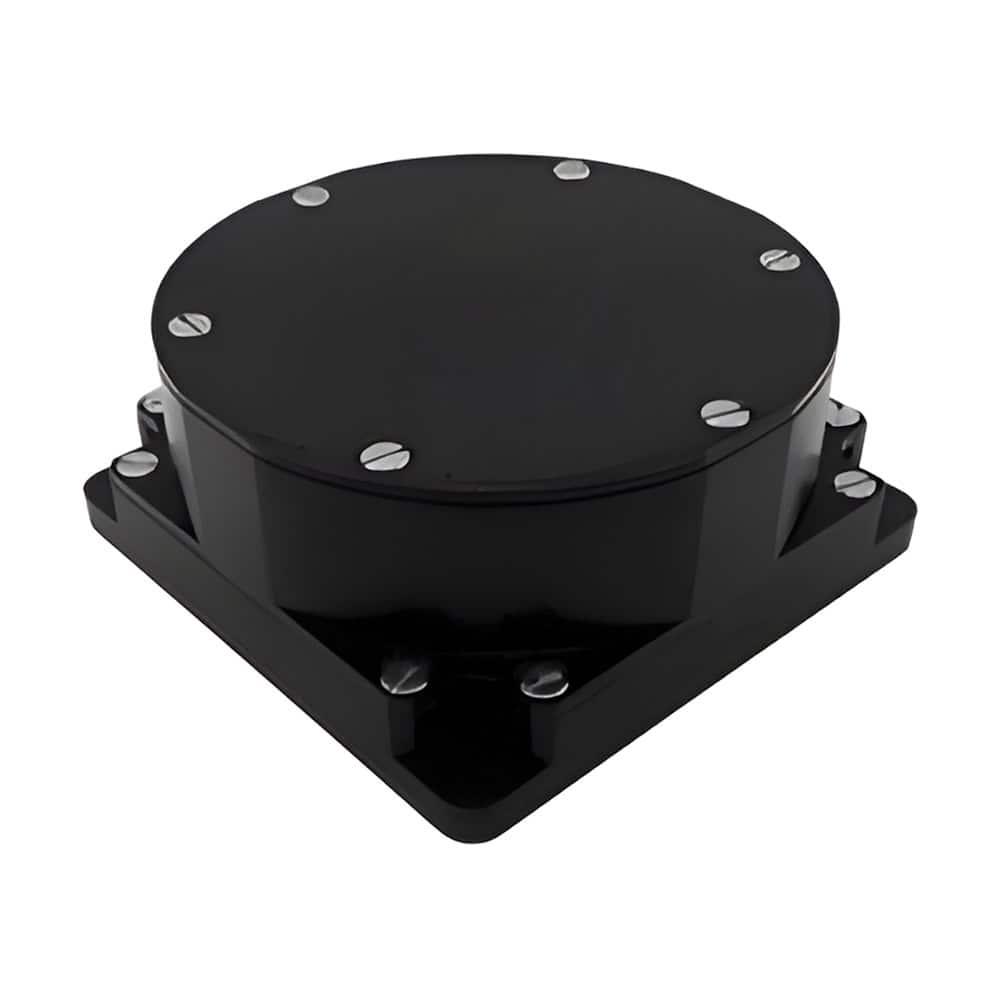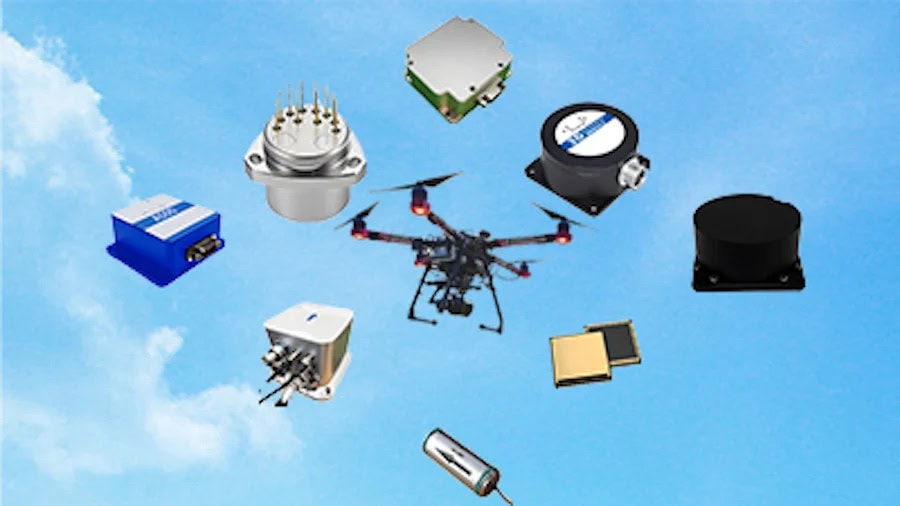Micro-Magic knows that wheel speed sensors are often used as auxiliary sensors in inertial navigation systems (INS) to improve navigation accuracy and suppress accumulated errors of inertial sensors. Find out more >>
This is especially useful for crucial defense operations that deploy technology in difficult terrain and harsh, GPS-denied environments. The wheel speed gauge calculates the longitudinal speed of the vehicle by measuring the wheel speed (combined with tire radius and slip ratio correction), providing independent speed information.
When GPS signals are lost (such as in tunnels or underground garages), INS can continuously estimate the vehicle’s position through dead reckoning by combining the speed data of the wheel speed meter, and compare it with the accelerometer integration results of INS to correct the speed error.
In heading calculation, the wheel speed gauge can indirectly calculate the rate of change of heading angle by measuring the speed difference between the left and right wheels (wheel speed difference), providing compensation for the calibration of inertial navigation heading angle.
Taking the change of heading angle as an example, this article briefly introduces how to indirectly calculate the rate of change of heading angle through the data obtained from the wheel speed meter. The linked article delves into the basic principles, factors affecting measurement accuracy, and actual use cases.
It concludes that the wheel speed gauge complements the inertial navigation system by providing independent speed information, significantly improving the navigation reliability of vehicles in complex environments. Its core values are reflected in short term accuracy, redundant design, and cost effectiveness: Significant improvement in navigation performance achieved at a lower cost.
In the future, with the advancement of multi-sensor fusion algorithms such as deep learning assisted filtering, the application of wheel speed sensors in autonomous driving and unmanned systems will be further deepened.
Read the full article, or visit the Micro-Magic website for more information.







